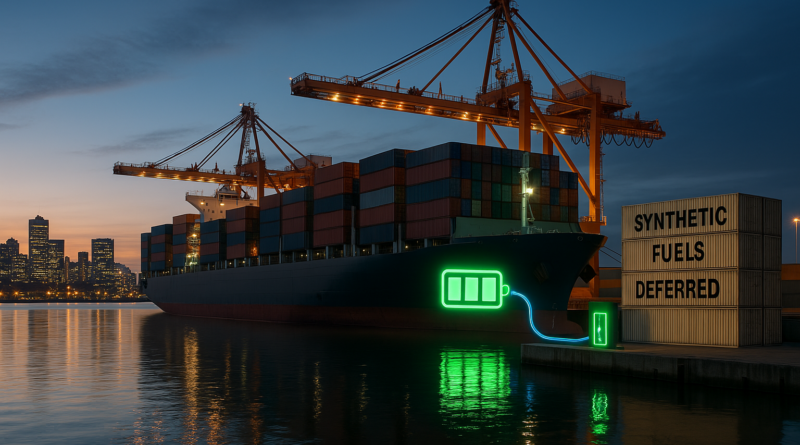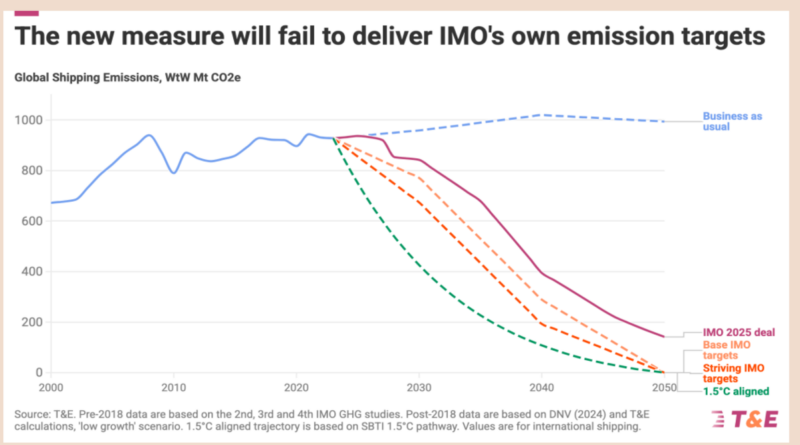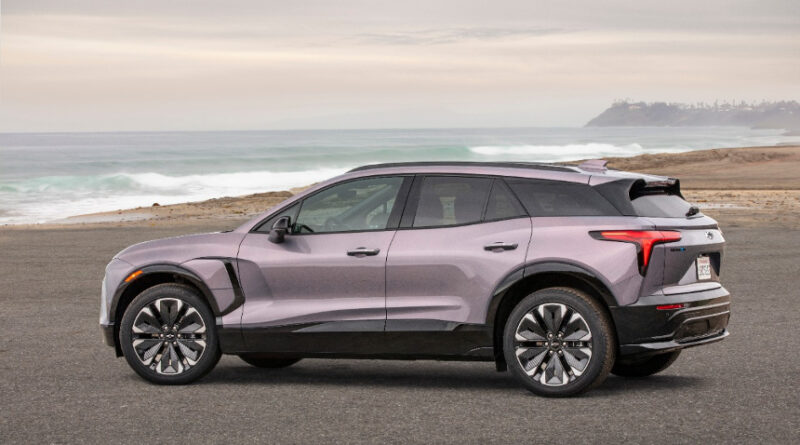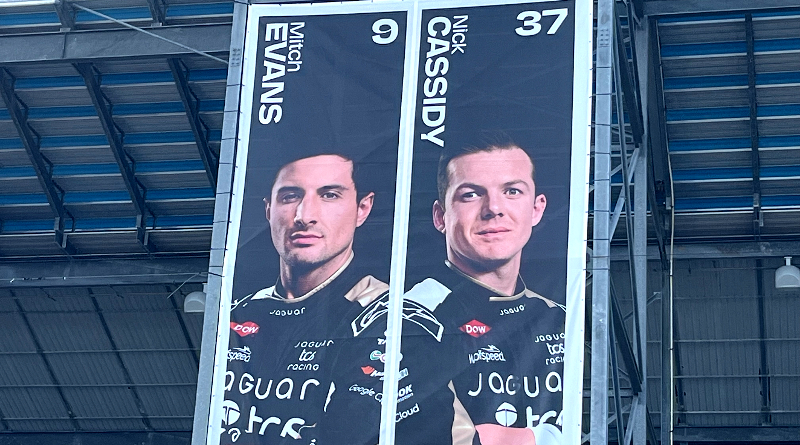Net-Zero by 2050: The IMO’s Victory—and the Case for Less Fuel, Not More
In April 2025, the International Maritime Organization did something rare for a UN body: it passed a binding climate policy. Not advisory, not aspirational, but actual mandatory rules. The agreement commits international shipping to net-zero greenhouse gas emissions “by or around 2050,” and despite the ambiguity of that phrasing, the … [continued]










